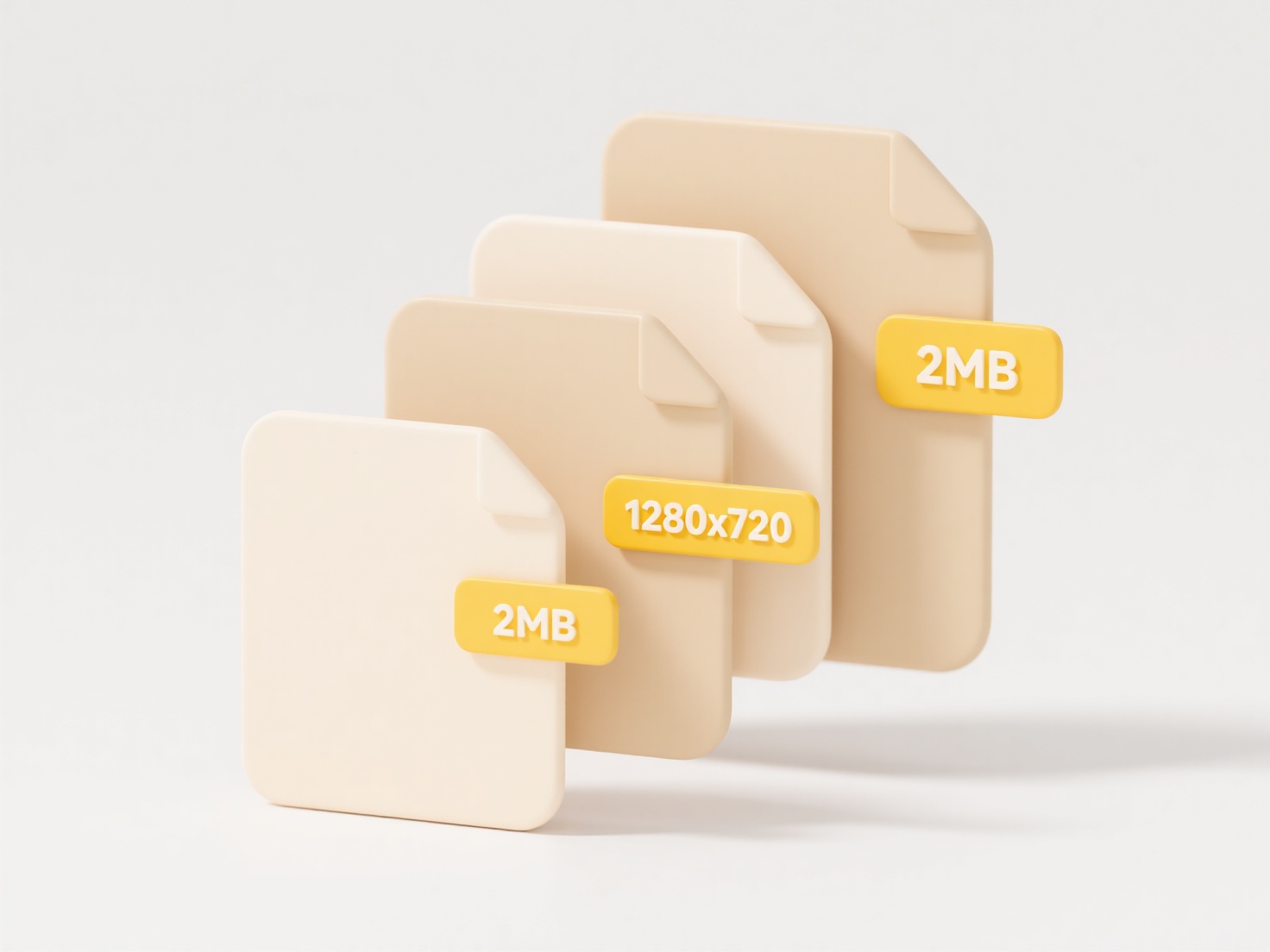
Your system marks a file as unsafe when its security mechanisms detect potential risks. This typically occurs because the file originates from an untrusted or unknown source, possesses characteristics matching known malware signatures, or contains executable content that could harm your device or data. Operating systems, browsers, and security software employ these warnings as a safeguard, differing from simple file format errors by specifically alerting to security threats rather than corruption or compatibility issues.
For instance, downloading an attachment from an unfamiliar email address might trigger this warning in your email client like Gmail or Outlook. Similarly, attempting to open a downloaded executable file (.exe) or script file from a website your browser distrusts, such as a pop-up download link, often causes browsers like Chrome or Edge to display this alert. Security tools within corporate environments might block shared documents from external partners.

While essential for preventing malware infections, these warnings can sometimes be overly cautious (false positives), especially with legitimate files from new developers or less common sources. Users should carefully verify a file's origin and purpose before overriding such warnings. Ethical practices dictate avoiding suppression of these alerts unless absolutely certain of safety, as bypassing them increases vulnerability to cyberattacks. Advancements focus on reducing false positives while maintaining robust security.
Why does my system say the file is unsafe?
Your system marks a file as unsafe when its security mechanisms detect potential risks. This typically occurs because the file originates from an untrusted or unknown source, possesses characteristics matching known malware signatures, or contains executable content that could harm your device or data. Operating systems, browsers, and security software employ these warnings as a safeguard, differing from simple file format errors by specifically alerting to security threats rather than corruption or compatibility issues.
For instance, downloading an attachment from an unfamiliar email address might trigger this warning in your email client like Gmail or Outlook. Similarly, attempting to open a downloaded executable file (.exe) or script file from a website your browser distrusts, such as a pop-up download link, often causes browsers like Chrome or Edge to display this alert. Security tools within corporate environments might block shared documents from external partners.

While essential for preventing malware infections, these warnings can sometimes be overly cautious (false positives), especially with legitimate files from new developers or less common sources. Users should carefully verify a file's origin and purpose before overriding such warnings. Ethical practices dictate avoiding suppression of these alerts unless absolutely certain of safety, as bypassing them increases vulnerability to cyberattacks. Advancements focus on reducing false positives while maintaining robust security.
Quick Article Links
How do I manage user roles in shared storage?
Shared storage user roles define what actions specific users or groups can perform on files or folders within a central ...
How should I name files to avoid confusion over time?
How should I name files to avoid confusion over time? Adopt clear, descriptive filenames incorporating critical contex...
Can I use Git or version control to manage duplicates?
Git and version control systems are fundamentally designed to track file changes over time, not to manage duplicate file...